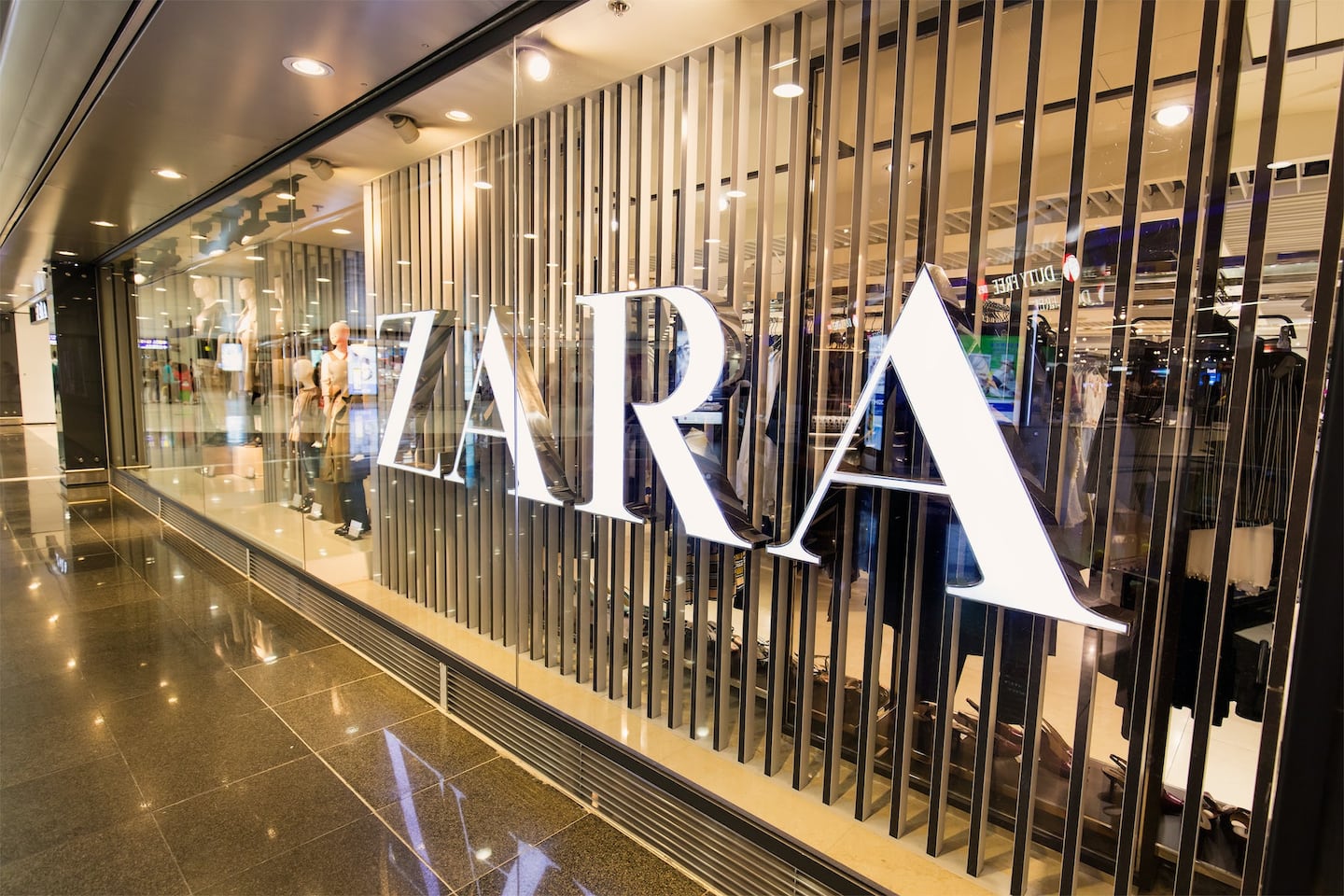
The Business of Fashion
Agenda-setting intelligence, analysis and advice for the global fashion community.

Agenda-setting intelligence, analysis and advice for the global fashion community.

MADRID, Spain — Inditex SA's quick-reaction strategy allowed the operator of Zara stores to reduce inventory in the middle of Covid-19 lockdowns, buoying first-half earnings.
The Spanish clothing retailer managed to reduce stock-in-trade by 19 percent at the end of July, taking advantage of flexible purchasing agreements that allow the company to rapidly adapt to changes in demand. That softened the blow to earnings, which exceeded analysts’ estimates even though they were less than half last year’s level. The stock rose as much as 6.7 percent Wednesday morning.
The world’s largest clothing chain operator has shown steady improvement after suffering its only loss on record in the first quarter. Chairman Pablo Isla is motoring on with a plan to invest about $3 billion in e-commerce, renovations and new stores over the coming three years to better position Inditex when the pandemic ends.
Inditex has seen a “turning point” during the second quarter, Isla said on a call with analysts. The company can run in the future with even lower inventory levels, he said.
ADVERTISEMENT
A 74 percent surge in online orders buoyed sales, and almost all shops have reopened.
Isla is navigating his most difficult year since joining the company a decade and a half ago. He reduced operating expenses by 21 percent in the first half, and revenue is gradually returning to more normal levels. While sales plummeted 72 percent in April, the decline was 11 percent in the first weeks of the third quarter.
The results come a day after Hennes & Mauritz AB reported higher-than-expected quarterly earnings. Inditex’s Swedish rival has however been struggling to get rid of unsold garments, and its $4.6 billion inventory position was at a record proportion of sales at the end of May.
The owner of Zara relies on production in Spain and nearby countries for the bulk of its garments, giving it more flexibility in adjusting orders because of the proximity to suppliers. H&M relies much more on clothes made in Asia, which need to be ordered longer in advance because they take months to be shipped to their final destinations.
Consumers have been shifting to buy more informal clothing as many employees work from home, and that was reflected in Inditex’s results. Massimo Dutti, which sells office wear, was the chain that had the biggest drop in first-half sales, reporting a 42 percent decline. Oysho, which sells lingerie and yoga wear, had the smallest drop, at 31 percent.
Gross margin should improve in the second half and should be stable over the full year, Isla said.
By Rodrigo Orihuela.
The rental platform saw its stock soar last week after predicting it would hit a key profitability metric this year. A new marketing push and more robust inventory are the key to unlocking elusive growth, CEO Jenn Hyman tells BoF.
Nordstrom, Tod’s and L’Occitane are all pushing for privatisation. Ultimately, their fate will not be determined by whether they are under the scrutiny of public investors.
The company is in talks with potential investors after filing for insolvency in Europe and closing its US stores. Insiders say efforts to restore the brand to its 1980s heyday clashed with its owners’ desire to quickly juice sales in order to attract a buyer.
The humble trainer, once the reserve of football fans, Britpop kids and the odd skateboarder, has become as ubiquitous as battered Converse All Stars in the 00s indie sleaze years.